Seven years on from his original interview for Grafik, Steven Bateman went to visit Zak Kyes at his Clerkenwell-based practice to find out what, if anything, has changed...

Seven years ago, Grafik sent me to Shoreditch to interview Zak Kyes who had recently relocated to London. At CalArts, inspired by his alma mater’s tendency toward creative risk-taking, his practice fused writing, research and collaboration to create content and messages. In 2006, his growing reputation had been bolstered following his appointment as art director of the Architectural Association and All That Is Solid Melts Into Air, a well-received solo exhibition at Kemistry Gallery. Today, Zak Group has evolved from a one-man operation to a six-person practice. Having served time in Shoreditch and Vyner Street – Hackney’s once thriving contemporary art hub – they’re now based in a light, airy studio in Clerkenwell. So, what’s happened since Grafik’s 2007 Profile? “A lot. I am by nature most interested in what we’re doing now” explains Kyes. “Over the past several years we have developed collaborations with artists, architects, other designers – mainly on book projects – which led to projects that we’re doing now, so there’s an interesting trajectory. I feel like we’re now at a moment of culmination where those more discursive, collaborative projects are a very important foundation upon which the studio continues to build.”

Launching RetroGrafik with Zak Group couldn’t have been better timed. It’s working on increasingly higher profile projects and Zak Group’s team – which now includes three designers, a studio manager, and partners Zak Kyes and Grégory Ambos – has grown accordingly. Zak is still art director of the Architectural Association and has been instrumental in establishing Bedford Press, an AA imprint founded to ‘develop contemporary models of publication practice’. Meanwhile, Zak Group continues to focus on book design and cultural projects for clients including Sternberg Press, the Serpentine Gallery, Berlin-based architects Barkow Leibinger and major international art events. More on that later, but first, what role has Zak’s approach played in the evolution of the studio’s practice? “The direction of the studio changed in a very organic way. A lot of the people we’ve been working with have developed their practices in parallel to ours and the nature of the projects we work on has naturally changed,” he points out. “I feel like we grew up with a lot of our clients and collaborators. It’s been a gradual process of growth, not only in terms of the studio and our interests, but our relationships with the people we work with. We’ve been very fortunate to have fantastic clients.”
Over the years, Zak Group has built a network of collaborators including curators, architects, writers, artists, publishers, type designers, digital specialists and fellow graphic designers. And yet Zak is more than a graphic designer… He’s a creative polymath, like long-term client and collaborator Hans Ulrich Obrist: esteemed writer, curator and critic, Co-director of Exhibitions and Programmes and Director of International Projects at the Serpentine Gallery. Obrist describes Kyes as: “an editor, a curator, an organiser... A generalist! Zak is everything but a service provider. What he does changes the idea we usually have of a graphic designer. Not just using design to show someone information, but as a tool to create knowledge. He’s also a great negotiator of boundaries; I think it's one of his great strengths. Zak is always in between...”


This sense of ‘in between’ is at the heart of Zak Group’s approach. Developing close relationships with artists, curators and writers enables them to facilitate a richer, more rewarding response that contributes to the zeitgeist, rather than simply reflecting it. In 2011, the Galerie für Zeitgenössische Kunst Leipzig (GfZK) recognised this contribution by presenting Zak with the INFORM Award. Celebrating graphic designers who ‘develop a practice within the context of applied and contemporary art’, the prize offered an opportunity to curate and design an exhibition of Zak Group’s work. Having discussed his practice with GfZK’s curator and director, Kyes explains, “one thing that became important was the role of collaboration. So instead of making a solo ‘retrospective’, the idea was to invite people I’d worked with to join me in making this exhibition. It was a very intuitive decision.”
Type designer Radim Peško – who frequently works with Zak Group – created a new typeface for exhibition captions and throughout an accompanying book, Working With Zak Kyes… (Sternberg Press, 2012), designed by Wayne Daly, who Kyes has worked with for several years at the AA Print Studio. Fittingly, it’s less of a catalogue and more of a reader. “Different writers were invited to write – not about the exhibition per se, but about topics that address collaborative working processes.” This response reflects Kyes’ intuitive desire to keep moving forward. After all, why take an entirely retrospective view when there’s an opportunity to create something new? It’s an approach that is inspiring confidence in curators of major contemporary art events.
We had the feeling that the world has enough Biennale catalogues. They go on the shelf for posterity but are seldom opened [so] we developed an online journal instead Having seen images of the INFORM exhibition and books designed for Sternberg Press, curator and writer Anselm Franke invited Zak Group to design and art direct the 2012 Taipei Biennale. “It was a very complex project that needed to work on many cultural layers,” says Kyes. “It wasn’t so much a question of scale and work, but of being able to develop an idea across different formats, mediums and applications. Anselm’s concept looks at the history of modernity in Taiwan. [He] referenced a book called ‘The Monster That Is History’, in which the author (David Der-Wei Wang) cites a mythical creature called the taowu that sees both past and future. We were interested in the way language could present this duality. It led to a very specific graphic language that manifested itself through typography. It was elastic… There wasn’t a fixed identity, logo or marque, but rather a strategy that could be applied to communication.”
The result is a typographic identity with a distinctive, pictorial quality. Combining stylized Latin characters with Mandarin characters communicates to both Chinese and western audiences, while expressing the duality at the heart of Franke’s concept. The curator, who describes the process of collaborating with Zak Group as “a good tennis match”, was delighted with the outcome. “To create a strong identity that communicates the content of the Biennial and manages to integrate Chinese and English characters... I’ve hardly seen any examples of this working well. The mirror-effect of the font that Zak Group designed – the idea of ‘seeing double’, the black and white inversion – worked very well.” It’s a typographic solution and yet, while Kyes is keen to identify the value of craft and the role it plays in his studio’s output, there’s more to it than that. “I wouldn’t characterize our work as having a typographic aesthetic or style, but language and writing are very important to us as a way to communicate a meaningful and direct message. It’s played an important role in our practice.”
The Taipei Biennale also presented an opportunity for the studio to address an ongoing discourse with physical catalogues and the future of on-screen reading. “We had the feeling that the world has enough Biennale catalogues. They go on the shelf for posterity but are seldom opened [so] we developed an online journal instead. Texts can be added as they’re completed, read online, or downloaded as PDFs. What it means to read on screen is something we continue to explore in projects… How can we orchestrate content and different materials in a digital format? It’s a topic many museum directors are unsure about, because the distribution channels of printed books are well established; they’re one of the oldest technologies in the world and they still work incredibly well [but] people are increasingly aware that we’re reading more on-screen and it makes sense to communicate in that way.”
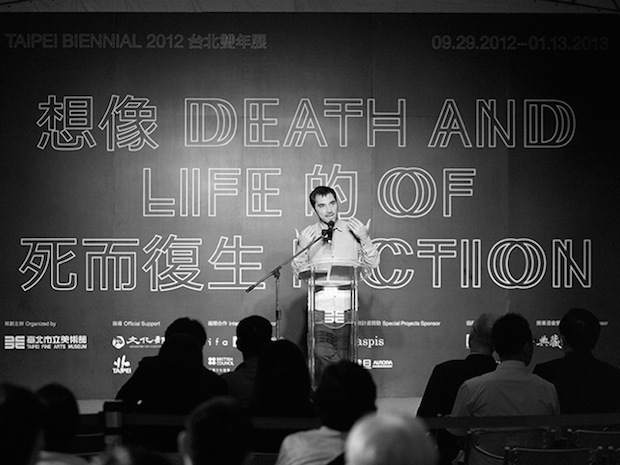


Visit the Close, Closer website, created for the 2013 Lisbon Architectural Triennale, and you’ll find another ‘typographic’ identity. However, unlike Taipei’s pictorial qualities, the personality of the Lisbon identity was driven by a series of statements submitted by the public. Curated by Beatrice Galilee, the Triennale focused on a younger generation of architects more concerned with discursive projects than built architecture, and asked the question: what does it mean to think architecturally? Zak Group translated this idea to “a design concept acknowledging the importance of external opinions. It was less about a hermetic understanding of architectural knowledge and the discipline of architecture, and more about reaffirming the importance of external perspectives. We developed a very simple idea: the curator would post a question online and invite the public to respond.”
It’s a fine example of how Zak and his team create solutions that contribute to the debate and therefore the programme, rather than simply framing, signposting or documenting an event. On the collaboration, Galilee has said, “I see Zak Group as part of the curatorial team because their incorporation right from the beginning helped to shape the curatorial idea — it was a contribution not only to the end of an idea but to the development of a process.” It also highlights Zak Group’s willingness to relinquish control from time to time. “It’s been interesting to work on a project with an element that’s completely beyond our control. What we couldn’t have foreseen is the way Portugal’s economic crisis coincided with the production of this Triennale, leading to radical changes in the cultural field in Portugal. So the identity became a platform through which anxieties could be expressed and addressed.”
Joseph Grima, a Milan-based architect, editor and curator, said of the outcome: “Zak Group’s work for Close, Closer resulted in a spontaneous and very rigorous identity that didn’t take itself too seriously, which conveyed the potential of everything in the city becoming an actor, becoming alive and speaking to you as you move through the city.”


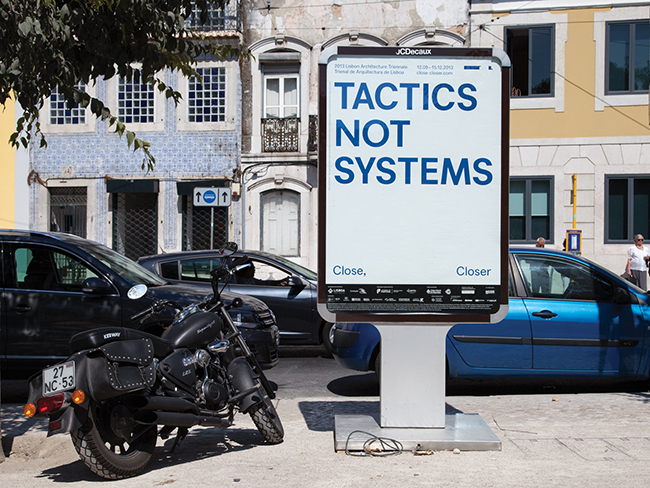
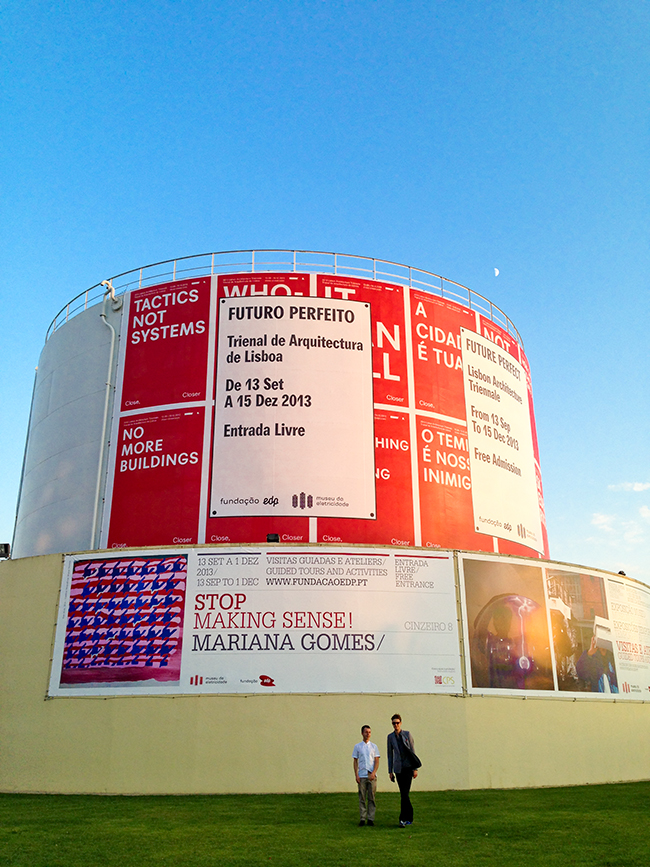
The studio’s largest project to date is the design and art direction of the 8th Berlin Biennale – a prestigious commission for any design agency, and an especially rewarding challenge for Zak Group. Juan Gaitan, the Biennale’s curator, invited them to design the identity on the strength of their work for the Taipei Biennial; a decision Gaitan is more than pleased with. “I think there’s an intellectual affinity,” says Gaitan, “and also a curiosity on Zak's part that made me feel comfortable handing over the responsibility of something as crucial as a visual identity for a project that is still in the process of being formed.”
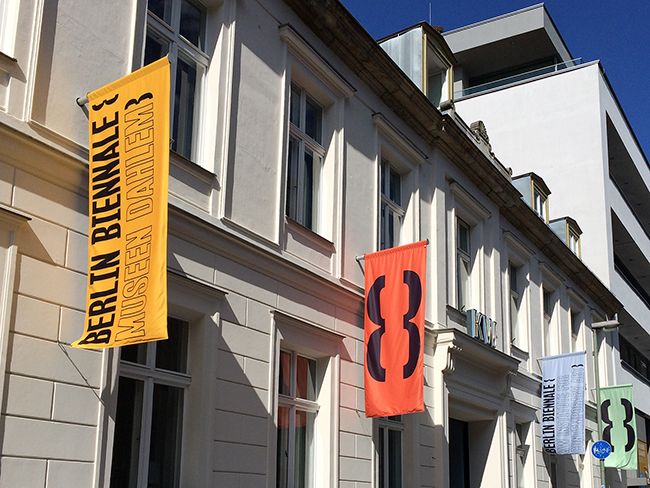

The identity Zak Group has created for the Biennale is a typically elastic one, with bold typography and a parenthetical motif acting as both a recognisable logo and a container for the content of the Biennale including texts created by the artist Agatha Gothe-Snape. “Juan proposed two early thematic topics to us, one of which ‘Against Consumption’, responded to the ways in which art has become a consumable experience. We noticed a common visual formula where Biennales are presented through an heterogeneous economy of images, so we were interested in looking at an approach that used writing and language in place of a fixed identity. It was fortunate that it was the 8th Biennale; typographically, ‘8’ is more interesting than, let’s say, 7! We split the 8 in half to make a parenthetical container, the idea being that the content of the Biennale is everything inside these two brackets…”
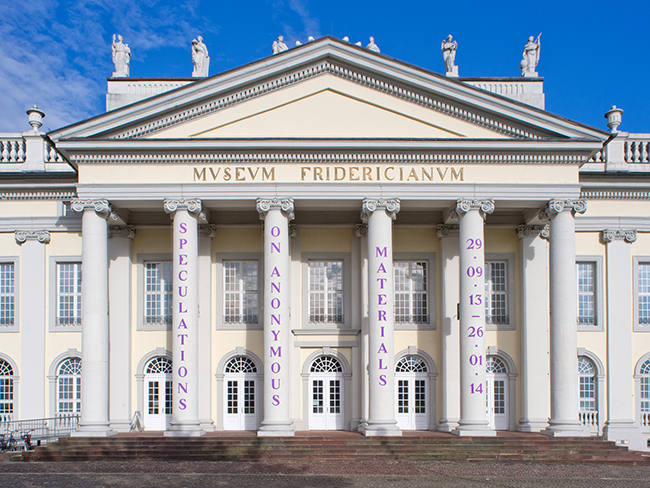
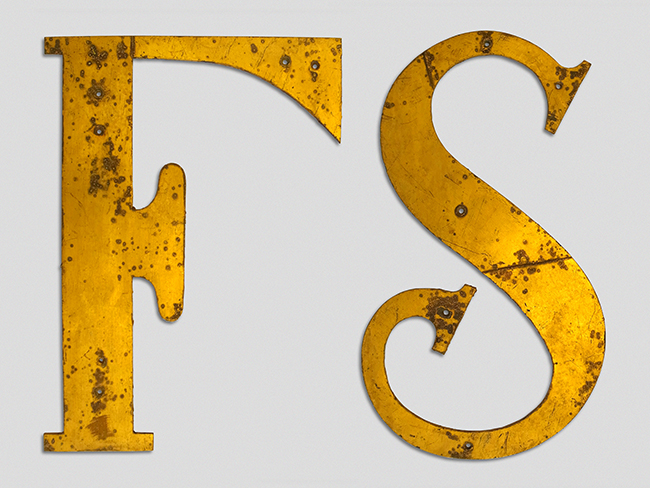



Like Taipei, Lisbon and Berlin, the Fridericianum identity presented Zak Group with a new challenge. The way the studio responds to these new challenges suggests that it should expect more of the same. The size of the studio will fluctuate, as freelancers pitch in to meet the demands of larger projects, but Kyes is keen to maintain a relatively streamlined operation. However, with a growing reputation and an expanding network of increasingly influential collaborators, it might need to invest in a few spare Macs… The future for Zak Group looks very promising indeed, and Kyes is keen to recognise the here and now as an important ‘moment’ in the studio’s development: “We have a lot of work to look forward to this year. The Berlin Biennale is a very important project for us, as we can develop a concept over a period of time. Projects that happen over a period of time are interesting because they change from the initial plan. It’s a process: the evolution of an idea. That’s where we are.”
zakgroup.co.uk

